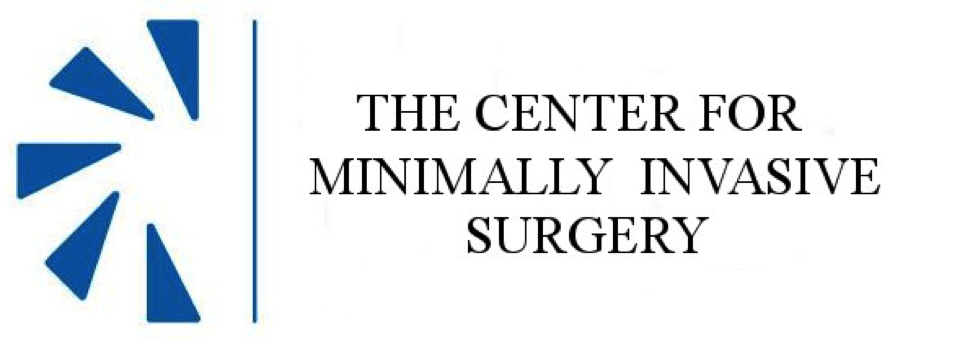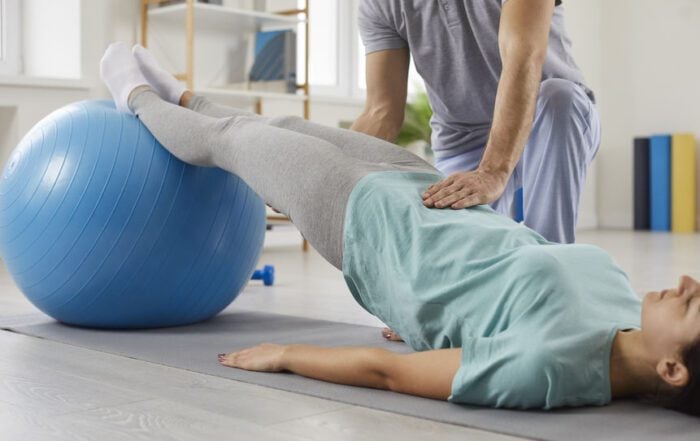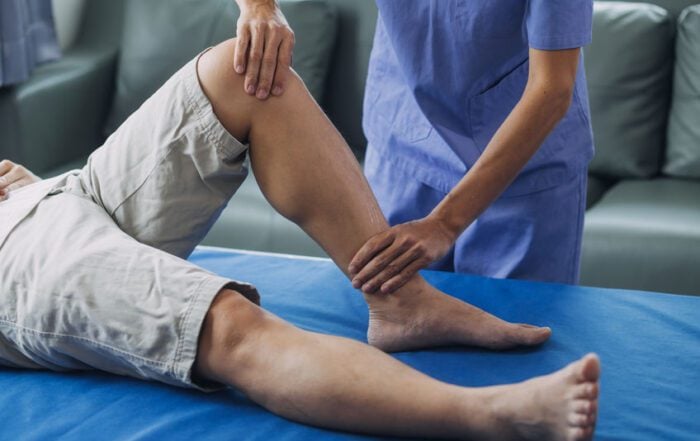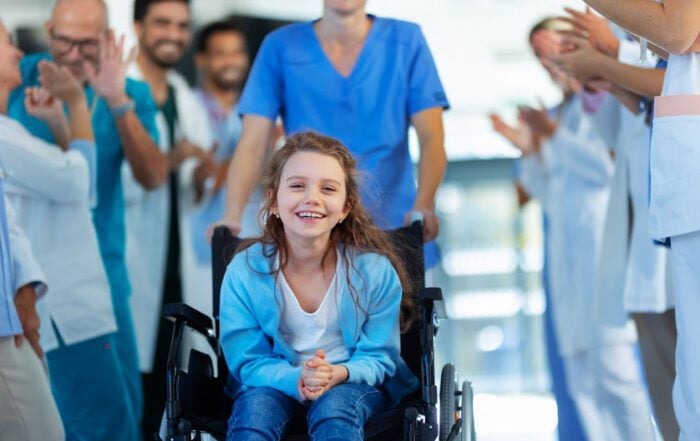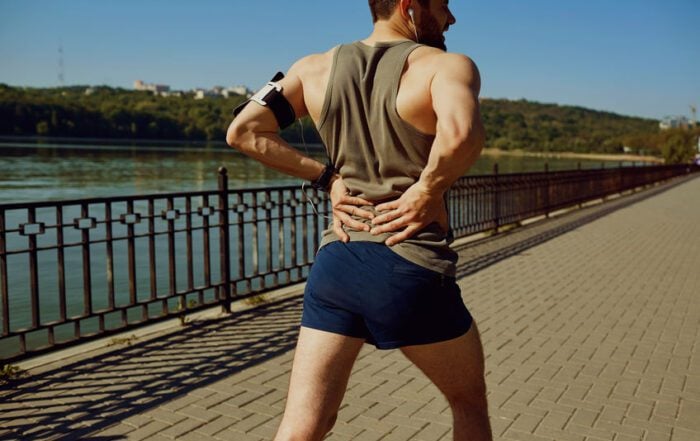What Is A Shoulder Labrum?
The shoulder labrum is a cartilage that is located in the shoulder joint. The labrum is attached to the shoulder socket’s rim, allowing the joint’s ball to stay intact. The shoulder labrum also attaches to other structures such as the ligament around the joint. Too much repetitive movement or injury can lead to a labral tear.

Tear symptoms
A shoulder labral tear results in extreme pain and other accompanying symptoms depending on the level of injury. One can also experience a locking, catching, or popping sensation. A person with a shoulder labral tear can have shoulder instability and reduced strength and range of movement.
Classifying shoulder labral tear
A labral tear occurs in the glenoid socket, a shallow shoulder opening. There are 3 different kinds of shoulder labral tears. Superior labrum, anterior to posterior (SLAP) tear is found above the glenoid's middle. Bankart lesion is seen in younger people and is found in the lower half of the glenoid socket. The posterior labral lesion is uncommon and causes a tear at the back of the labrum.
Managing my labral tear
The initial treatment is conservative such as rest, physical therapy, and over-the-counter pain medications. The healthcare provider will recommend surgery if the tear is not solved with conservative treatment. The surgical method is known as arthroscopic surgery, a minimally invasive procedure. An arthroscope is introduced inside after making small incisions, allowing viewing of the structures and surgical labral repair.
Arthroscopic SLAP surgery
Small incisions are made and the arthroscope is inserted to view the labrum. In SLAP surgery, debridement removes scar tissue from the labrum if only the biceps tendon is secured. After debridement, the labral repair is then performed. If the biceps tendon is torn, the surgeon will also fix the tendon. Bankart repair is for patients who have a labral tear with shoulder dislocation.
Post-surgical repair of shoulder labrum
Once the surgery is completed, the doctor will recommend an arm sling for 4-6 weeks. The doctor will also advise the patient to perform physical therapy for better recovery. The recovery rate varies from person to person but can take about 9-12 months. Speak to the healthcare provider about when is the right time to resume daily activities or sports activities.
Life after a labral repair
The management of shoulder labral tear includes rest, physical therapy, pain medications, and possible surgery. The doctor will work with the patient to find the best treatment outcome. Choosing the best treatment and following the doctor's post-operative precautions will allow the patient to be normal within a year.
Recent Posts
What To Do About Hip Pain: Is It Time To See An Orthopedic Surgeon About Labral Repair?
Hip pain should not be overlooked, as the issue could be a labral tear. Symptoms like pain and instability require an orthopedic surgeon’s assessment.
ACL Repair: Will You Have Range Of Motion With Your Knee After Recovery & Physical Therapy?
After an ACL injury, ROM can be negatively affected. ACL repair surgery helps restore function, but physical therapy is essential to ROM.
Arthroscopy: What Are The Benefits Of This Minimally Invasive Outpatient Orthopedic Procedure?
Arthroscopy can help diagnose or treat joint conditions. Benefits of the MIS include faster recovery, less pain, and fewer scars.
Posterior Interbody Lumbar Fusion: What Are The Benefits Of PLIF For People With Back Pain?
People with chronic back pain may benefit from posterior interbody lumbar fusion surgery. PLIF can reduce pain and improve stability.
